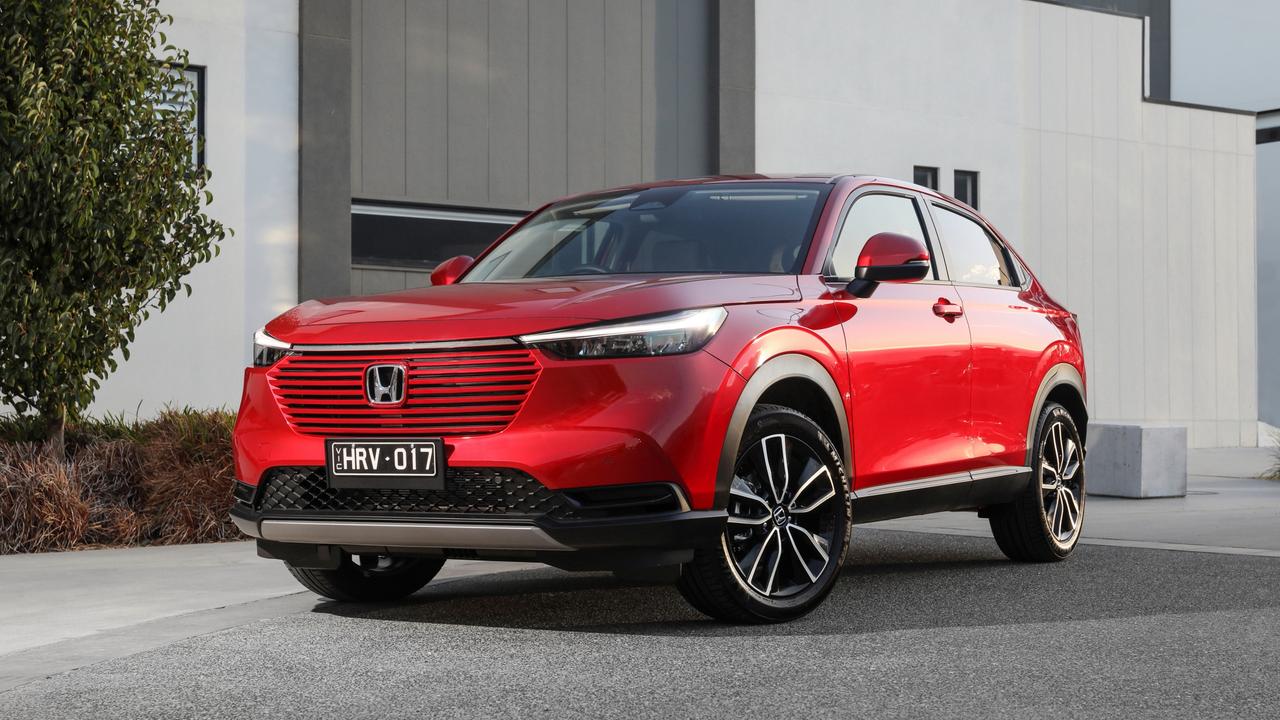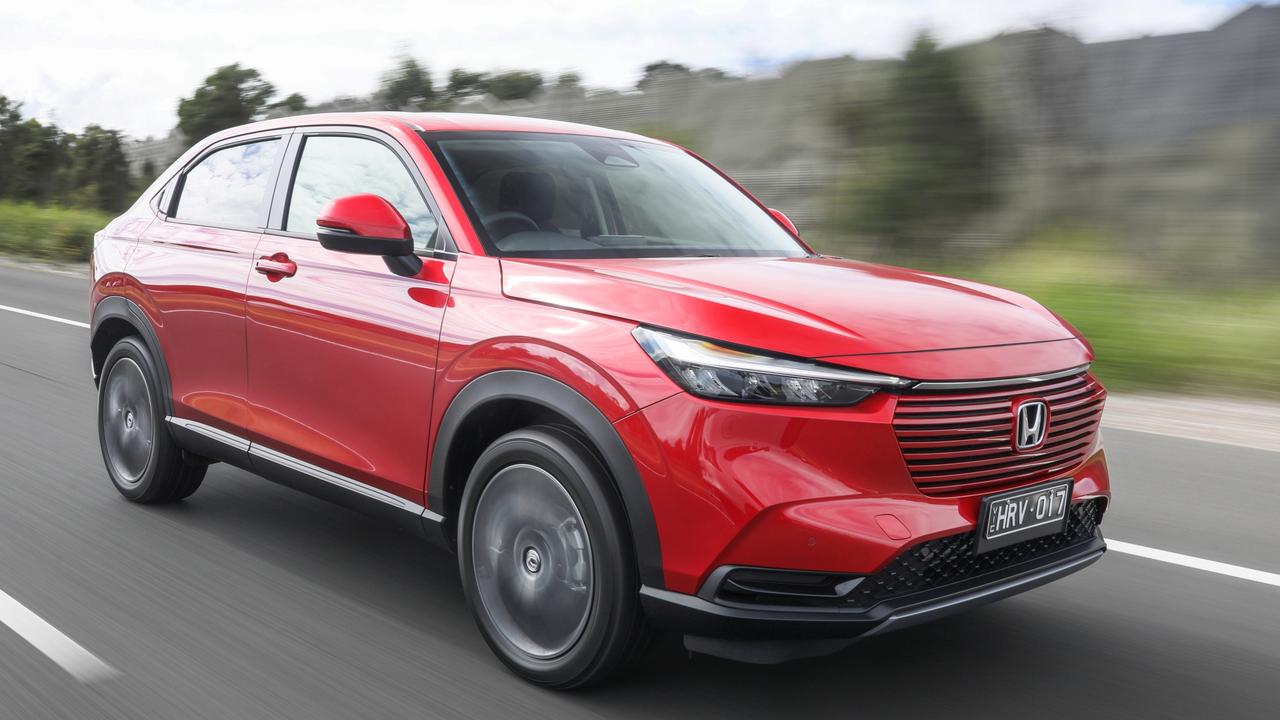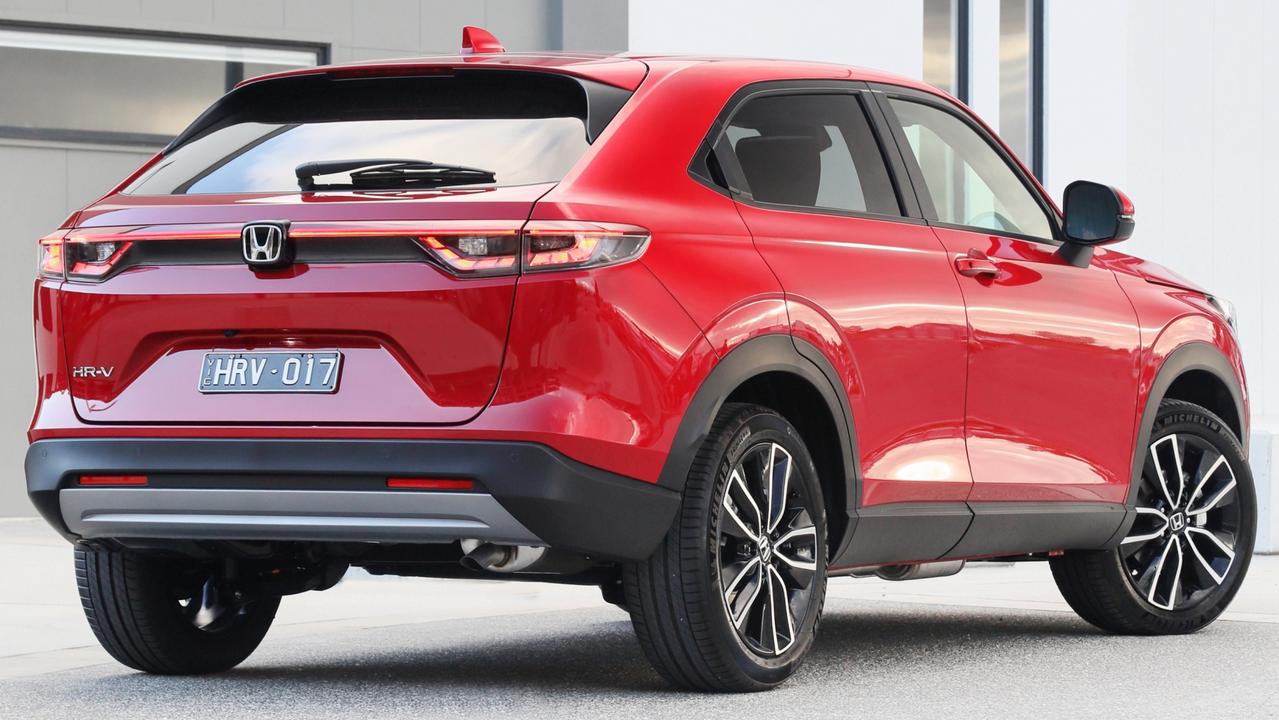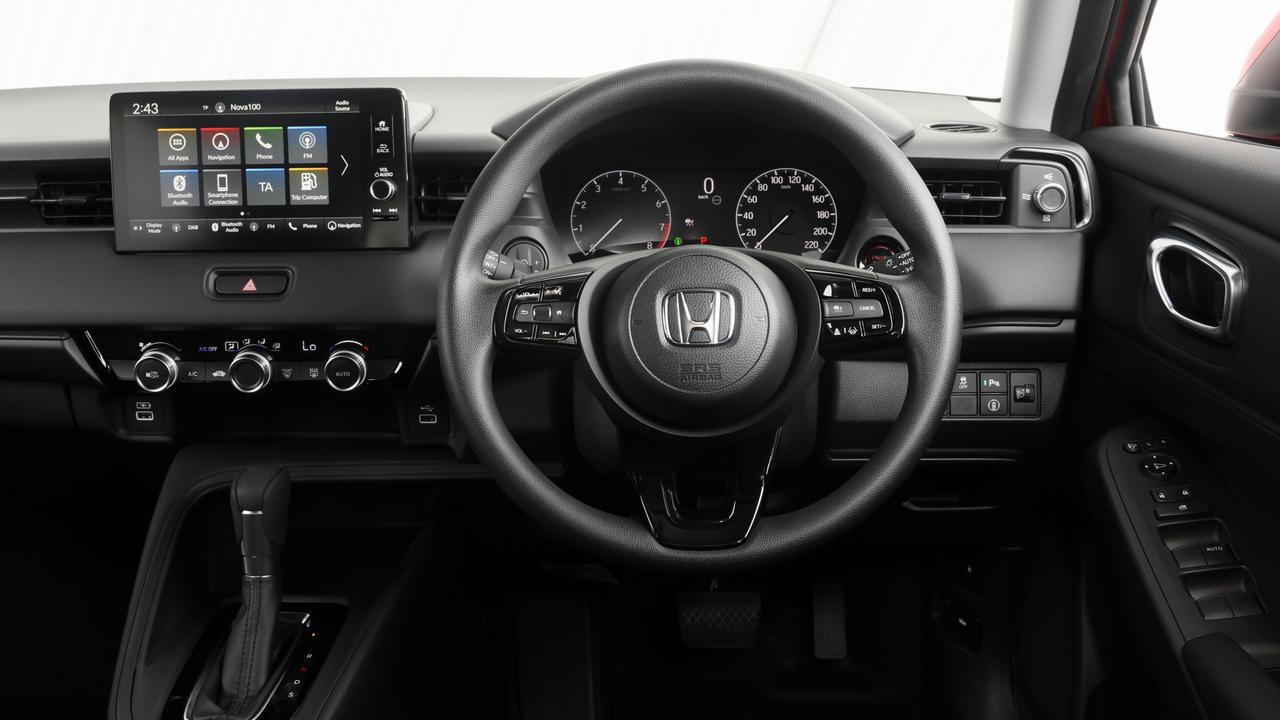2022 Honda HR-V Hybrid review
This Japanese brand has launched its new hybrid small SUV that will save you big dollars on your yearly fuel bill, but there’s a catch.

We generally think of Toyota as the pioneer of hybrid tech in Australia, and the 2001 Prius can fairly take the credit for launching hybrid tech as a viable and affordable alternative to pure petrol and diesel power.
However it was Honda that actually introduced hybrids to Australia with the Insight, a weird little sci-fi styled three-door hatch that beat the Prius to the market by about six months.
I remember driving it with a colleague up the Hume from Melbourne to Sydney, marvelling at this wondrous new technology that seamlessly and efficiently combined battery and petrol power, enabling fuel consumption figures up to 50 per cent lower than conventional setups.
Honda sold only a few Insights. It was too out there for the time, especially with a $49,159 price tag. You could buy a Toyota Corolla for $19,750 in 2001.

Honda’s second generation 2022 HRV uses the same technology, albeit with two decades worth of refinement and research that makes a big difference. The Insight was, in truth, pretty awful – as slow as an election campaign, noisy and uncomfortable — and when we eventually made it to Sydney we were happy to park it.
HRV’s e: HEV system features a 1.5-litre petrol engine and two electric motors – one for drive, the other for generating electricity to keep the small-capacity lithium ion battery charged. You don’t need to plug-in to recharge. A CVT transmission turns the front wheels.
HRV is a true series/parallel hybrid in that the battery alone can provide power – enough to get you out of your driveway, at least, or launch you a few metres from the lights on a gentle throttle – before the petrol engine kicks in and does most of the lifting thereafter.
A surge of voltage adds extra oomph when you put your foot down.

The car’s software decides where from and how much motive power is required. You cannot select EV mode, because it would be pointless. The battery does not have the capacity to be the sole power source for driving.
Honda claims combined fuel consumption, on regular unleaded, of 4.3L/100km on the outdated and optimistic Australian standard. In Europe, where the more realistic WLTP standard now applies, the claim is 5.4L/100km. You should be able to achieve 5-6L/100km.
The HRV e: HEV L (that’s code for hybrid, in case you were wondering) costs $45,000 drive away, which is expensive for a small SUV, but hey, it’s also cheaper than the Insight was 21 years ago. A non-hybrid Vi X model, with a 1.5-litre petrol engine, is $36,700 drive away.

Standard are nine-inch touchscreen infotainment with navigation and wireless Apple CarPlay, four USBs (two in the rear), 18-inch alloys and swivelling LED headlights.
This second generation HRV is new from the wheels up, and beneath its chunky Volvo-esque sheetmetal is a spacious, practical and very comfortable wagon.
It’s not quick. The 0-100km/h trip takes a claimed 10.6 seconds, but performance obviously isn’t the objective here and it’s adequate for day-to-day driving. The Honda is also serenely quiet around town and when cruising.

Suspension is set up for comfort rather than sporty handling, again in line with the overall design brief. The front end can get a touch loose on choppy surfaces at speed and it leans hard on the outside front wheel in tight corners, but dynamics are generally secure and predictable and the ride is considerably more luxurious than most small SUVs.
A simple, analog-era dash layout, comprehensive driver-assist safety tech (including “Intelligent Speed Limiter”, that reads speed limit signs and adjusts your speed accordingly), comfortable, supportive seating (for four) and plenty of legroom are complemented by an average-sized boot with a hands-free power tailgate that automatically closes as you walk away from the car.

Honda’s clever split rear-bench seats fold flat for a cavernous extended cargo bay, or upright so you can carry tall objects.
The HRV is expensive but it marks a return to the high-quality, made-in-Japan benchmarks that earned the Honda brand premium status in the eighties and nineties.
Honda’s problem is that rivals such as Mazda, Hyundai, Kia, Toyota and Subaru now match those standards, often at lower prices.
VERDICT 3.5/5
A good thing, but hybrid tech doesn’t have to be this expensive.
HONDA HRV e: HEV L
PRICE $45,000 drive away
WARRANTY Five years/unlimited km; $625 over 5 years
SAFETY Six airbags, auto emergency braking, adaptive cruise control, blind-spot monitoring, lane-keep assist, speed-sign recognition
ENGINE 1.5-litre petrol/electric hybrid, 96kW and 253Nm
THIRST 4.3L/100KM
BOOT 304 litres



